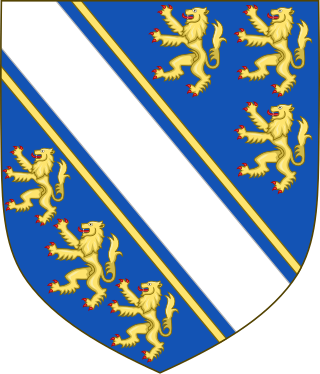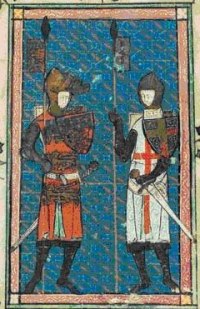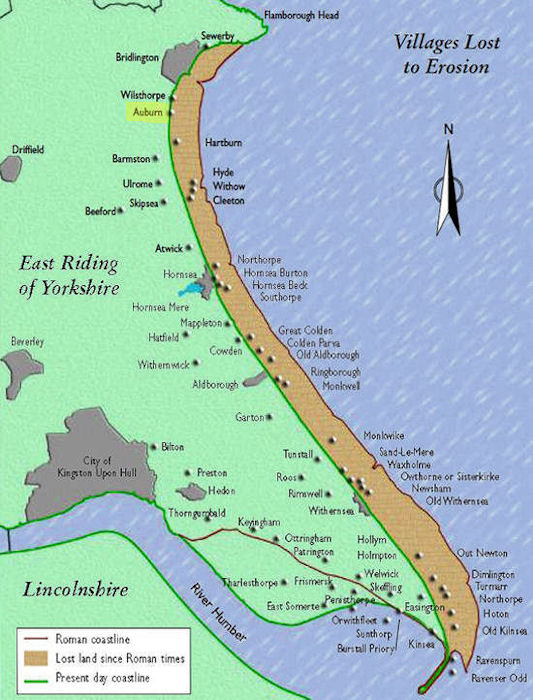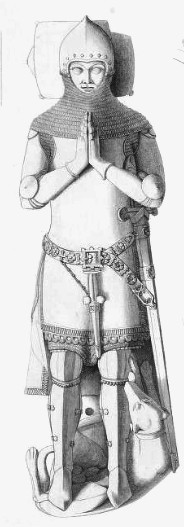Thursday, 31 March 2022
A moral and political disjunction
Seventeen years in full peace and communion
It was on Thursday in the Octave of Easter 2005, and chosen because it enabled friends and relatives who would not have been able to attend at the Easter Vigil to be present and, in one case, to be my sponsor.
I took as my confirmation name Philip - not only the name of the founder of the Oratory and of an Apostle, but also my father's first name and one that I had always liked. So John Robert became John Robert Philip. I subsequently went to the not inconsiderable expense of adding the name by deed poll, so I can insist on officialdom recognising my spiritual journey.
As it happened, by being received when I was, I thereby became one of the very last Catholics to be received into the Church in the pontificate of Pope John Paul II - I feel I squeezed through the door of history in that respect. There are those converts who used to describe themselves as "John Paul II Catholics" or similar phrases. I am, by historic fact and by sympathy a "Benedict XVI Catholic", but, and it is a very important "but", I am a Catholic first - Popes inevitably come and go. That said I consider it an enormous good fortune for the Church and, for me as an individual member of it, to have had Pope Benedict in the Chair of Peter. His pontificate was a great blessing for the whole church, and a wonderful time in which to enter into a fully Catholic life.
As I made my decision to seek reception I codified my ideas about the matter into nine categories or groups. St Edmund Campion had his Decem Rationes which he placed so provocatively in St Mary's Church in Oxford in 1581. Mine are more personal perhaps, but, in that they may interest others, here are my Novem Rationes from 2005:
1. I believed all that the Catholic Church believed - so why was I not in full communion with it? I read the Catechism through and found nothing from which to dissent within it.
2. In particular I accepted the claims of the Papacy and its necessity in order to maintain orthodoxy and unity.
3. As a historian I appreciated the Catholic case for the nature of the Church and the Papacy, and the fact of its historical continuity - Walter Ullman's point that the Papacy is the one governing institution in the West that links the Apostolic age to the Atomic age resonates in my mind.
4. The call to Unity - not only the principal of Ut unum sint but also the specific claims to expressing that unity with all other Catholics through the Holy See as described by the Fathers.
5. The Catholic Church is seen to act on issues contingent upon Christian belief - Life issues might be the most obvious, but there were others, and with an authentic response being made.
6. I realised that my historic sympathies were with Catholicism - which side would I have been on, or at least I believed I would have been on or wanted to be on in say, the Reformation? Well it was clear. My heart lay with the Catholic cause.
7. The state of Anglicanism was not encouraging. For Traditionalist Anglo-Catholics the situation was one of increasing isolation, and the sense that a Third Province would not be granted.
8. Much as I loved my Anglican places of worship - Pusey House and St Thomas the Martyr in Oxford - I felt that I was called to move on. I was at an age when I still could make a change, but that there was not time to delay. If this was the time, then so be it.
9. I thought that many of my Anglican friends were moving or would move into full communion with Rome. Those friendships, based and rooted in a shared spiritual life, were very important to my own spiritual development, and they were pointing all in the same direction.
Looking back from this point, seventeen years later, I have never had cause to regret my decision. There is no "seventeen year itch."
I still endorse those nine sets of ideas.
The last three invite some additional comments.
The Church of England has continued on its way, and has failed to have the generosity to provide for Traditionalist Anglo-Catholics. “Women bishops” have arrived and even if not quite as divisive as one expected it is because of them that many Anglo-Catholics have left. The argument that such inclusivity of personnel would lead to a national spiritual revival is seemingly as vacuous as one always thought it would be. What is so very sad to see is the decline of the “Vision Glorious” in the Church of England.
Anglicanorum Coetibus has been issued - I pray it will be successful in extending the unity of the Church to others of like faith and mind outside its formal bounds. Since 2011 we have witnessed the establishment of the Ordinariate first in England and then in the USA and Australasia. I have been able to help to support those joining it here by acting as a pro-sponsor in two cases, or simply by turning up to support their Masses, and, of course, by praying for it.
Summorum Pontificum reasserted the right to have traditional forms of the liturgy and it has been followed by a strong and positive response, and that needs to be continued - as has been said what was sacred once is sacred now. What has been achieved there needs to be maintained and defended. The success of groups such as FSSP and ICKSP shows there is a real and growing demand for traditional liturgy. I have found myself that during “lockdown” I have been increasingly drawn towards EF rather than OF celebrations. That was, ironically, confined last summer with the publication of Traditiones Custodes. That came as a shock, but in this country it appears, so far, to have had little impact in most places, though I do have friends who have been deeply affected by it.
I am still on excellent terms with friends from Pusey House and St Thomas', and I rejoiced at Fr Hunwicke's appointment to the latter in 2007 before he moved into the Ordinariate. It has been good to see all that is happening at both institutions for the wider Catholic cause. It was very good for my humility that they could manage and survive without me! I retain enormously happy memories of my time at both places and at also the churches I worshipped at in Yorkshire before I came to Oxford.
Nonetheless I increasingly find it difficult to see why more people in the Anglo-Catholic tradition are not availing themselves of all - and it is so much - that is offered by the Ordinariate. It is all they have ever said they wanted or indeed hoped for - bar, possibly, taking their church buildings with them, and, though I can sympathise in that matter to a great extent, but not to the exclusion of what ultimately matters.
As to my friends - well, I was the second of our group to make the move, and three more followed in the next eighteen months. Two of those married and I have had the privilege of being on three separate occasions proxy-godfather to their children. In the following years two other married couples and their families were received. At the end of last year two other friends from those years made the journey. Four of the men have been ordained to the priesthood.
Along the way I have made many other new friends amongst those converting, and I have been made very welcome in my new spiritual home. I am extremely lucky to have the Oratory and also SS Gregory and Augustine and Blackfriars as places in which to worship regularly here in Oxford. The last year has made me more familiar with FSSP and ICKSP churches both here in this country and worldwide - including ‘virtually’ attending Mass on occasion in Switzerland, Mexico, the US and Australia - and that helps to remind one that the Catholic Church is truly Universal. Last year I was enabled by Zoom to attend the Priestly Ordination in Washington DC and subsequently the First Mass in his home parish in New Orleans of a young Dominican I had taught in Oxford. That is in addition to physically being present at several such Ordinations, Masses and Professions here in Oxford, Bournemouth, Chelmsford and London. The Catholic Church is attracting some truly excellent young men to its priesthood.
For a bit more background see also my post Ten years ago from 2014.
Wednesday, 30 March 2022
The Battle of Towton 1461
The Society has always been at pains to stress its position that the Battle of Tewkesbury is to be commemorated, and certainly not celebrated. For nearly all the participants it would have been by far the most pointless and frightening episode in their lives, even if they survived it. They were ‘cannon fodder’ in more recent parlance. Even at the distance of five hundred and fifty years there is ample evidence of post-traumatic stress amongst the survivors, something they have in common with ‘cannon fodder’ in the thousands of conflicts since.
Whilst some wars might be claimed to have some moral purpose, and have moved freedom forward, or stopped it being moved back, most, and that definitely includes the Wars of the Roses, did not. They were about the egos of people who are simply seeking power. They were about the right of the country’s elite to dominate and exploit. Fourteen short years after the sacrifices of 1471 there was another battle and another regime took power, with no good consequences for most of the population.
Last year we were marking the anniversary, following the progress of the armies towards the battle and we had correspondence with members in Ukraine, discussing the similarities with events in Ukraine’s past. In the fifteenth century, the country was part of the Lithuanian state, later to be disrupted by the Polish-Lithuanian Union, which brought intolerance of their Eastern Orthodox religion and the inevitable persecution of believers.
It has been said many, many, times, but there is no other way of saying it. We all thought that the war against Hitler was to be the last war in Europe caused by the obsessions of a megalomaniac; that civilisation had taken us beyond that. We now know how wrong we were. Mr Putin obsesses on past glories and past empires. Someone less consumed with his imagined grievances would have taken the long view and realised that winning the peace is more important than winning the war, and subjugating a nation with terror is a very short-term victory which in the longer term will have consequences.
There is small comfort to the Ukrainian people in knowing that the population of the rest of Europe are feeling impotent but doing what they can to support them, and from here in Tewkesbury it seems so little. Maybe just getting the message to Ukraine that we are outraged by the hell they have been so unjustly put through by the latest in a long line of despots who think that destroying proud and ancient cities and murdering their people is acceptable whilst he lies to the people of Russia about what his army are really doing to those towns and those people. Maybe some of our small Russian readership will see this as well and understand the outrage which their leader has created in every other corner of Europe.
Sunday March 6th, was Forgiveness Day in the Russian Orthodox Church’s calendar. These sins will take a very, very, long time to forgive, which is a tragedy for the whole world.
Monday, 28 March 2022
More on Arthurian Age royal burials
Sunday, 27 March 2022
Recreating Wychwood
If a thousand year old tree seems impressive then it is worth looking at a short film that is linked to in the article. This is about some of the ancient yew trees of Wales, one of which at least is thought to be 5,000 years old …
The film can be seen at Trees as old as the pyramids 'should be revered'
The Annunciation and the Consecration of Russia and the Ukraine to the Immaculate Heart
Thursday, 24 March 2022
The quest for Ravenser Odd
It will be interesting to see if something of the town can be recovered and understood. I have seen maps reconstructing the plan of the other most famous victim of the North Sea, Dunwich on the coast of Suffolk based upon archaeological surveys as well as early maps in that particular case as more of the town survived into relatively modern times.
The fate of medieval Greenland
Wednesday, 23 March 2022
Understanding a Phoenician Temple complex
Tuesday, 22 March 2022
Thomas of Lancaster - from Rebel Earl to Popular Saint
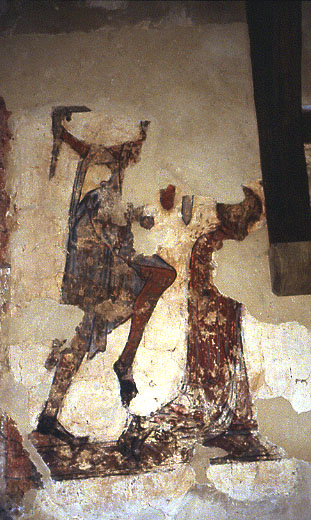
Antiphon: Oh Thomas, Earl of Lancaster,Jewel and flower of knighthood,Who in the name of God,For the sake of the state of England,Offered yourself to be killed.Versicle: Pray for us, soldier of Christ.Response: Who never held the poor worthless.Collect: Almighty everlasting God, you who wished to honor your holy soldier Thomas of Lancaster through the lamentable palm of the martyr for the peace and state of England just as he is lead through the sacrament for God’s own exceeding glory [and] through your holy miracles. Bestow, we pray, that you grant all faithful venerating him a good journey and life eternal. Through Christ our Lord, Amen.
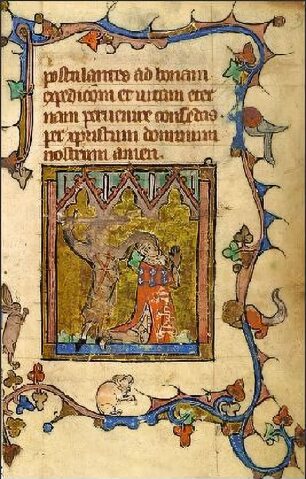
The one possible portrait is a carved head on the corbel table of the base of the shrine of
Saturday, 19 March 2022
The medieval archaeology of Notre Dame
Friday, 18 March 2022
Royal burials from the Arthurian Age
On a related topic I came across a MailOnline article from 2016 which may well just reflect one man’s theory by locating the burial place of King Arthur in Shropshire. I have not heard anything else about this theory, and that may be all it is, but it is quite intriguing. The article can be read at Is King Arthur buried in a field in Shropshire?

Thursday, 17 March 2022
The Order of St Patrick
The insignia of the Order of St Patrick
The Order's motto was 'Quis Separabit MDCCLXXXIII' - 'Who will separate us 1783'.
Wednesday, 16 March 2022
The Battle of Boroughbridge 1322


The tower of the Victorian church reflects the design of that of its predecessor. The new church does also include some sculptured Norman work from the original twelfth century chapel, as can be seen, together with two drawings of the old church before its demolition, at St James, Boroughbridge, Yorkshire, West Riding. Earl Thomas must have doubtless seen some of this during his last hours of freedom.
